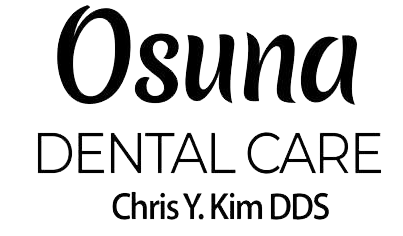Dental implants are an amazing way to replace missing teeth. They provide a permanent solution for tooth loss and boast a very high success rate. The dental implant process begins with an evaluation of your medical and dental history, as well as X-rays of your mouth, to determine if you have enough bone to place the implants. If you do not have sufficient bone, you may need a
bone grafting procedure in Albuquerque NM to build up the bone in your jaw. Your dentist will inject a local anesthetic into your gum, then make incisions in the roof of your mouth and along the base of your jawbone to access the bone underneath. Then the dentist will remove the damaged tissue and replace it with a biocompatible material that is designed to stimulate new bone growth. Once the healing process is complete, you should have enough bone to safely support your dental implants.
Why Might I Need a Bone Graft?
If there isn’t enough bone in your jaw, you may need a bone graft prior to getting implants. The implant procedure requires that your jawbone be strong and healthy enough to support the titanium post. If your natural bone is too soft or thin to support an implant installation, a bone graft can add needed support to your jaw.
Your dentist may recommend a bone graft if your bone density isn’t sufficient to support the implants. It’s also possible to have a bone graft performed if you’re already missing a tooth and your dentist recommends replacing it with an implant. In this case, it’s necessary to create a space large enough for the implant post to fit properly. This could mean removing part of your sinus cavity or even an adjacent tooth. You may also need to have a bone graft if you have an infection in the gums or are suffering from gum disease. These issues can cause bone loss that could make implants difficult to install.
A bone graft is typically performed by an oral surgeon or periodontist. The procedure takes several months to complete as the graft needs time to heal and integrate into your bone tissue. Once the graft has healed and you no longer require pain medication, you’ll return to the dentist’s office to have the implant placed.
Once you’ve received dental implants with a bone graft, it’s important to maintain good oral hygiene habits to prevent complications like infection. You should also make regular visits to the dentist to ensure the implant remains healthy and in place.
Autografts and allografts are both options in bone grafting procedures. With an autograft, the bone is taken from the patient’s own body and implanted into the mouth. An allograft uses a donor’s bone and is not taken from a patient’s body. Both types are very effective ways to grow new bone for dental implants. However, surgery is required to remove the graft from the patient and place it inside the mouth.
What Happens During a Bone Graft Procedure?
There are a number of different techniques that can be performed for a bone graft, depending on the location of the teeth. During the grafting procedure, we will remove a piece of bone from another area of your mouth – the chin or back of the jaw, for example – and transplant it to the dental implant site. This forms the base for healthy new bone tissue to regenerate around your implant and fuse with it over time. In addition to preparing the site for the implant and creating a strong foundation for it, the bone graft can also protect the jawbone from deterioration after tooth loss.
To learn more about the bone grafting offered by Osuna Dental Care, call us at (505) 884-1989 or visit our dental office located at 5900 Cubero Dr NE suite B, Albuquerque, NM 87109. We look forward to serving you soon. 